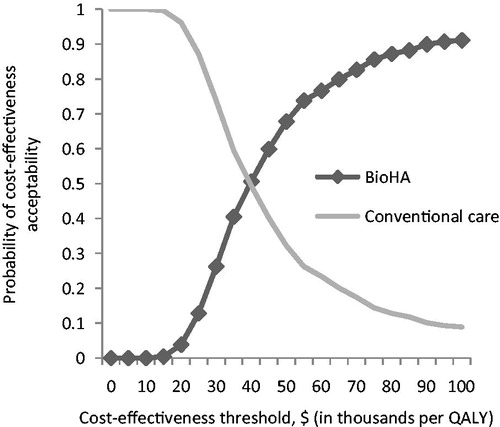Figures & data
Figure 1. (a) Model 1: Cost-effectiveness model of BioHA vs continuation of baseline treatment. (b) Model 2: Cost-effectiveness model of BioHA vs conventional care, responders and non-responders. BioHA, bioengineered hyaluronic acid; OA, osteoarthritis.
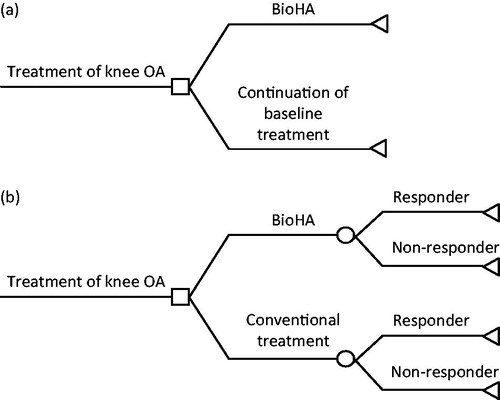
Table 1. Models 1 and 2: Input parameters for the base case and ranges of the parameters for sensitivity analysis.
Table 2. FLEXX Trial baseline demographicsCitation16.
Figure 2. HUI-3 scores for all patients, responders, and non-responders with BioHA treatment. HUI-3, Health Utilities Index Mark 3.
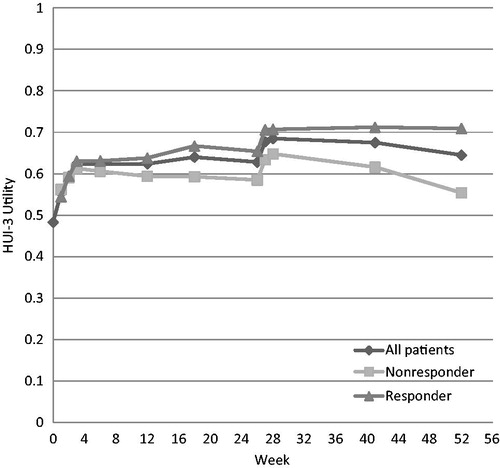
Table 3. Model 1: Cost effectiveness of intra-articular BioHA vs conventional care.
Table 4. Model 1: Results of one-way sensitivity analysis.
Table 5. Model 2: Base case scenario results.
Figure 3. Model 2: Results of one-way sensitivity analysis. BioHA, bioengineered hyaluronic acid; QALY, quality-adjusted life year.
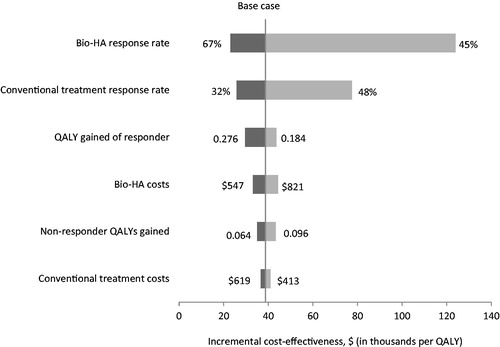
Figure 4. Model 2: Cost-effectiveness plane of joint distribution of incremental cost and effectiveness for BioHA. The diagonal line represents a willingness-to-pay threshold of $50,000/QALYs. BioHA, bioengineered hyaluronic acid; QALYs, quality-adjusted life years.
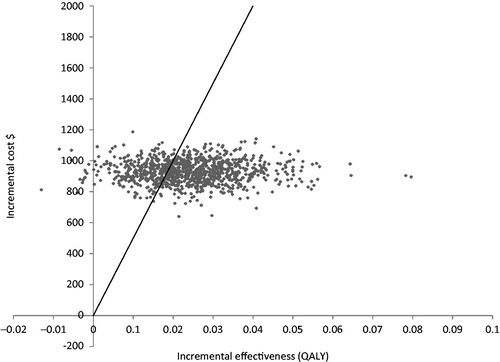
Figure 5. Model 2: Cost-effectiveness acceptability curve for BioHA vs conventional care under various willingness-to-pay thresholds. BioHA, bioengineered hyaluronic acid; QALY, quality-adjusted life year.
